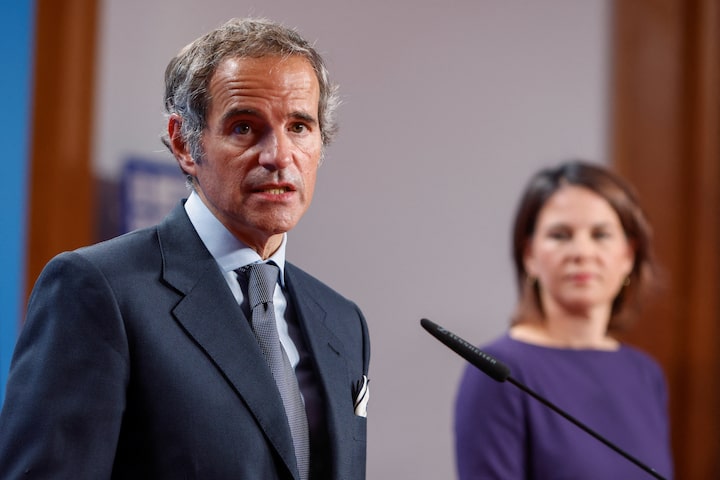The hallmark of social anxiety disorder is a deep-seated, persistent fear of being observed and evaluated by others. This fear significantly affects employment, education, and social interactions, among other aspects of life. The formation and maintenance of friendships may be hampered by this condition. Fortunately, social anxiety disorder is treatable. It is critical to recognize its symptoms and seek help.
This type of anxiety disorder is very common. It usually presents as feelings of uneasiness or dread in situations where one might be the target of judgment, appraisal, or criticism from others. Examples of these situations include public speaking, job interviews, meeting new people, dating, participating in class discussions, and even simple interactions such as speaking with a cashier.
Social anxiety disorder is a common mental health issue that affects approximately 5% to 10% of people worldwide. It ranks third in prevalence, behind depression and substance use disorders. Commonplace tasks such as eating in public, using the restroom, or conducting business can cause worry or anxiety due to fears of being laughed at, judged, or rejected.

While occasional shyness is typical for many people, social anxiety disorder is a chronic condition that severely hinders or even completely impedes everyday activities such as conversing or grocery shopping. This persistent interference can have far-reaching effects on one’s career aspirations, personal relationships, and educational goals. In contrast, occasional shyness usually has less significant impacts.
The intensity of fear experienced by individuals with social anxiety disorder often feels overwhelming and can seem beyond their control. This fear can be so debilitating that it hinders daily responsibilities such as attending work or participating in school. Others may manage to fulfill these obligations but endure substantial levels of distress or anxiety while doing so.
Anticipation of social situations can provoke weeks of worry for those with social anxiety disorder, leading some to avoid certain places or events altogether to evade the discomfort or potential humiliation they fear. Moreover, some individuals with the disorder experience anxiety not only in social settings but also during performances, such as public speaking, sports competitions, or musical performances on stage.
Social anxiety disorder can vary in severity, with individuals experiencing symptoms ranging from mild to extreme. In milder cases, individuals may encounter both physical and psychological manifestations of anxiety but still manage to navigate social situations, albeit perhaps with difficulty. They might find that their symptoms are restricted to specific scenarios, such as dining in public or speaking in front of others. Individuals who are moderately affected also grapple with both physical and psychological symptoms, yet they may engage in some social interactions while avoiding others that trigger heightened anxiety.

On the other hand, people who suffer from severe social anxiety experience more intense symptoms, which may result in panic attacks in social situations. As a result, they frequently avoid social interactions completely and struggle to adjust to different social settings. The degree to which social anxiety disorder interferes with day-to-day functioning determines the best treatment method. To address the various demands and difficulties related to the disorder, treatment options may include psychotherapy, medication, or a combination of the two.
Psychotherapy, particularly cognitive behavioral therapy (CBT), proves highly beneficial in alleviating symptoms associated with social anxiety disorder. Through therapy, individuals acquire essential skills to identify and challenge negative self-perceptions, fostering confidence in social settings. CBT is recognized as the most efficacious form of psychotherapy for anxiety, whether conducted individually or in group settings.
Medication is an essential part of treating social anxiety disorder, especially when symptoms are severe or unresponsive to psychotherapy alone. Antidepressants are a primary pharmaceutical remedy for social anxiety disorder and are often prescribed for both anxiety and depressive disorders. Over time, these drugs successfully control mood and reduce symptoms. Acute episodes of anxiety can also be treated with anti-anxiety drugs, usually for a brief period. Originally developed to control blood pressure, beta-blockers help lessen the physiological signs of social anxiety disorder and provide relief in high-stress scenarios.
To increase overall well-being and quality of life, a combination of psychotherapy and medication provides a comprehensive approach to managing social anxiety disorder. This strategy addresses both the psychological and physiological aspects of the illness.
In order to lessen stigma and support early intervention, it will be crucial to continue raising awareness and understanding of social anxiety disorder in the future. It is essential to invest in readily available mental health services, such as counseling and medication. Furthermore, continued research into cutting-edge support networks and therapy modalities can further improve outcomes for people with social anxiety disorder.
Sources




